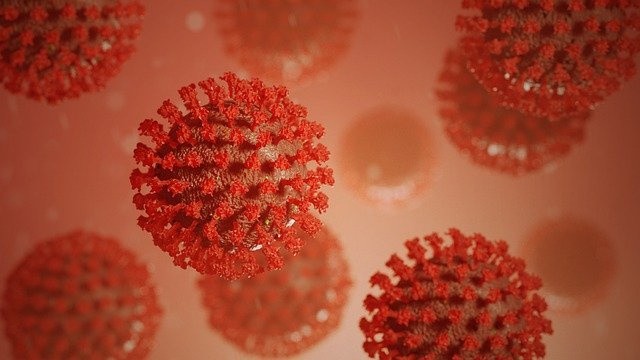
Scientists have created a synthetic coronavirus to try and decipher the working of the SARS-CoV-2 so that scientists are more familiar with the processes it has to infect a healthy cell.
Researchers from Germany and the UK have done the feat inside a lab creating the virus from scratch. It is a minimalistic version of the real virus to investigate a facsimile under controlled conditions.
Synthetic Virions Created To Study the Virus
The Max Planck Institute and its scientists in Germany and the UK have resorted to getting up close and personal with the pathogen infecting and creating a global pandemic till now, reported the Express UK.
These labs created minimal synthetic virions, which are significantly smaller than the real ones. Learning how it infects healthy cells and spreads to the contagion is the goal in a safe lab environment.
Part of the study is to do systematic and standard research into COVID-19, and the particular attention is on the spike protein.
One advantage of this study is that it isolates specific molecular functions in a constantly controlled setting, checking specific functions laid bare to tool about with. More data about the pathogen might be gained.
Corononavirus spike protein
These viral parts on the virus' shell are how it latches on a host cell, or spike proteins are what initiate the infection. The scientists found a switching function.
Targeting inflammatory fatty acids on the host cell causes the spike protein to transform itself and alters itself like stealth to bypass cellular defenses. Called synthetic viruses are also referred to as virions indistinguishable from a natural virus, according to Science Direct.
It is a blank slate with zero genetic info that prevents it from multiplying itself, which is safer for research. According to the lead author of the paper Oskar Staufer, researchers need to synthesize these virions artificially to custom the viral structures for any investigation.
Since the SARS-CoV-2 works is a mystery, it gives hands-on knowledge and familiarizes with viral processes.
Staufer thinks that their method could help with other pathogens other than COVID-19. An alternative that allows the study of the deadliest viruses in the labs could impact what we know.
Initially, the virions were deployed in exact lab conditions to observe the specific effects on inflammatory acids when specific spike proteins interact with how infection COVID-19 could be.
Of all adaptations of the coronavirus structure, its spike protein is crucial to ensure that infection begins; once host cells, ACE2 receptors are latched onto the transfer of RNA material begins. Hijacking the cellular processes, combining with the host, and combining on a genetic level.
Spike protein could be used for other than infecting, which is for treating and vaccinating people from getting sick. Vaccine antibodies would go after the pathogen in dramatic reversal. Changes in the spike protein are like ducking to avoid getting detected by vaccine antibodies, per News-Medical.Net.
Synthetic coronavirus could point to future methods for dealing with the same pathogen or other to have effective therapies.
Related Article: Study Says T-Cells That Recognize the Coronavirus Could Be Used as Universal Vaccine To Protect Everyone
© 2025 HNGN, All rights reserved. Do not reproduce without permission.








